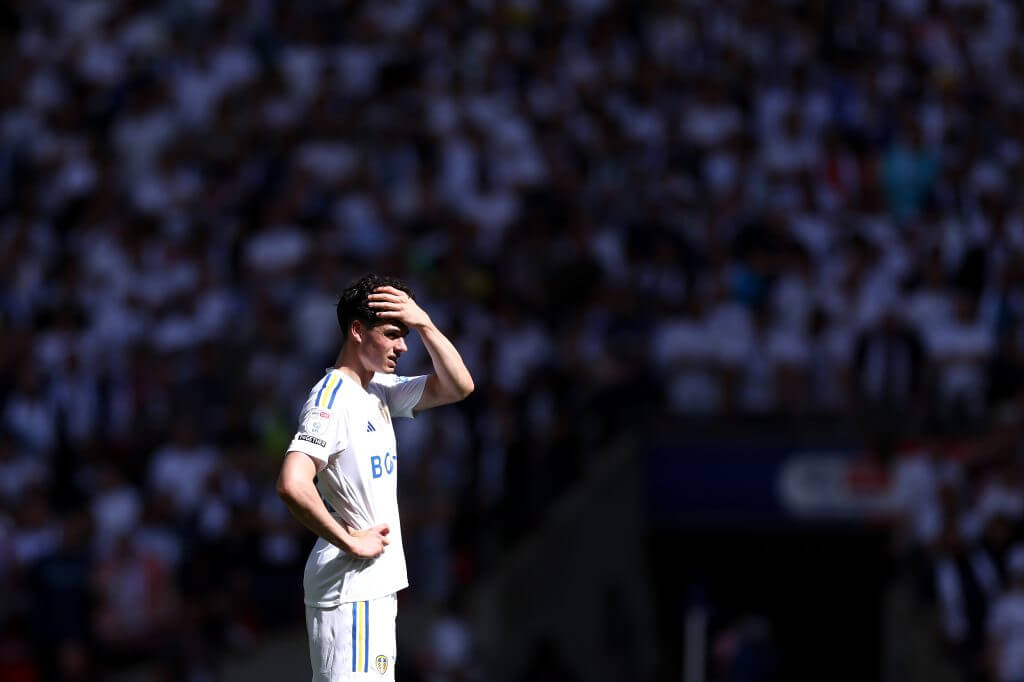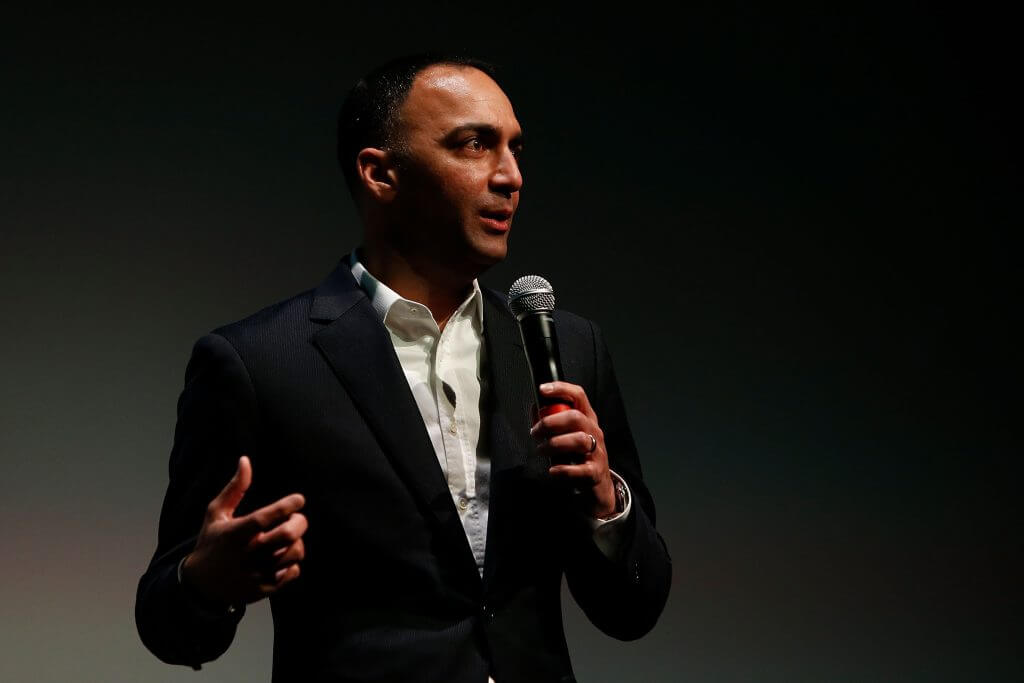
Financial losses at Leeds United through their first season after relegation inevitably widened, while their failure to win promotion in May 2024 has been cast in an even starker light by last year’s accounts.
The financials for 2023-24 were published this week and show Leeds had bigger wage bills than Southampton and Ipswich Town, but failed to make it pay on the pitch. The club’s accounts also show a squad cost, as of the end of June 2024, that would have ranked them 14th in the Premier League, in another damning indictment of the failure to go up last season. The documents released this week have also flagged failures in the transfer market.
Advertisement
The accounts underline the financial support being put into Leeds by 49ers Enterprises. More than £140million was pumped into the club throughout last season to keep it afloat and competitive in the fight for promotion.
As for the profit and sustainability (PSR) rules, Leeds are estimated by The Athletic to be between £15million and £20m under the limit allowed, meaning no punishments are expected based on these accounts.
What are the headline figures from the accounts?
The top line from the numbers is a pre-tax loss which widened to £60.8million from £33.7m in the relegation campaign of 2022-23. This was an 80 per cent increase and the club’s second-worst financial result on record, after 2019-20’s losses of £62.4m.
This eye-watering loss was despite taking record Championship revenue of £127.6m. If any clubs needed to be reminded of just how big the gulf is between existing second-tier outfits and those being relegated from the top flight, all clubs without parachute payments had an income below £43m.
The aforementioned wage bill was £84m, which was only marginally ahead of Southampton’s at £80.9m, but a long way behind Leicester City’s £107.2m — a new second-tier record. Ipswich’s was a minuscule £44.5m by comparison, having only been promoted from League One the previous season.

Leeds failed to win promotion at Wembley (Alex Pantling/Getty Images)
By the end of June 2024, the squad cost was recorded as £280.8m, which underlines the retention of big-money signings like Junior Firpo, Joel Piroe, Daniel James and Georginio Rutter. That squad cost would currently rank 14th in the Premier League.
The accounts show the club impaired player values by £7.5m, adding to the impairment of £20.3m in the 2022-23 accounts. Impairments generally point to failings in the transfer market. In layman’s terms, player X has a value of Y in the club’s books. The club realises they’re never getting value Y back for them, so they book an impairment, to bring player X’s book value down to something more realistic.
The major counter to all of the financial hardships Leeds felt after relegation was the hard cash the ownership pumped into the organisation. The numbers show £140.7m in equity was injected during those 12 months after the drop, of which £130.1m was new cash.
Did relegation hurt Leeds financially?
Yes, but the picture has been worse at other clubs who have come down in recent years. For example, revenue did drop by 33 per cent to £127.6m, but that’s a far smaller reduction than at many other clubs that have come down.
Southampton and Leicester came down at the same time as Leeds, but saw revenue fall by 42 and 41 per cent respectively. In the previous year, when Norwich City, Watford and Burnley were relegated, their incomes fell by 44, 48 and 47 per cent respectively.
Advertisement
United were able to drop their wage bill by 42 per cent, which ensured that fall outstripped the corresponding drop in income. Moving players on also reduced player amortisation (the cost of transfer fees, spread across the length of player contracts) by almost one-third.
Parachute payments in these accounts, for a first season after relegation, stand at around £48m. Leeds will need to have been mindful in the 2024-25 accounts of this figure dropping to £39m for the season we are currently watching.
How did Leeds manage a record Championship revenue?
Ultimately, it comes down to the pulling power of the club in commercial circles. Yes, there was the 52 per cent drop in broadcast income that all relegated clubs feel, but the £47.8m parachute payment was bigger, on its own, than the total revenue of every Championship club without parachute payments.
Commercially, income did drop by £4.9m, but the new figure of £43.2m was by far the biggest in the division and was, for example, three times the size of Sunderland’s (£14.1m). That £43.2m is the highest commercial income recorded in the Championship, surpassing the club’s own 2019-20 record of £33.8m.
Leicester and Leeds, both in 2023-24, are the only second-tier clubs to ever surpass £100m in total income.
Why did the 49ers put in so much money?
In short, because of the vast amounts of money leaving the club last season. Cash was needed to fund operating cash outflows of £90.9million, alongside a net cash transfer spend of £67m and a further £4.8m on infrastructure.
Leeds still owed £187.5million in outstanding transfer fees as of the end of June 2023 (between relegation and the first Championship season). The net transfer balance owed remained at £73m 12 months later, at the end of June 2024, likely meaning more external funding will have been needed this season.
To cope with all of this, 49ers put £140.7million of capital contributions into the club over the course of last season, with £130.1m of that comprising new cash. The remaining £10.6m of equity came via converting a previously held loan.
Do Leeds have significant debt?
Debt reduced from £81.4million to £60.3m in these accounts. This is split across £22.5m to the owners at six per cent interest, with a further £37.8m owed externally, though the majority of this is secured against the 2024-25 parachute payment.
Several clubs in the Championship are saddled with debt beyond £100m, so United’s £60.3m is considered middling for this division. Crucially, cash interest payments were low in 2023-24 at £1.5m with the huge investments made by the 49ers ensuring the debt burden has been limited.
Why did they make so little transfer profit after significant sales?
Across this accounting period, the club received significant sums for Tyler Adams, Luis Sinisterra and Archie Gray, whose sale was included in this document. Gray, a player who came through Leeds’s academy, moved for £40million to Tottenham Hotspur. His exit represented ‘pure profit’ in accounting terms. Other sales for the likes of Tyler Roberts, Leo Hjelde and Marc Roca did not generate meaningful sums.
Advertisement
The total fees received for player sales was £69.1million, which translated into £33.7m of profit. For the players who left the club in this period, Leeds had originally paid a combined £139.2m for their services. The major disparity between what Leeds paid and then received for these players is telling.
Transfers played a key role in why the club’s overall loss increased from £33.7m in 2022-23 to £60.8m in 2023-24. Profits on player sales between these accounting periods dropped from £73.3m to £33.7m. Kalvin Phillips and Raphinha’s exits drove the earlier period, while Gray carried the profit in these accounts.
What is their PSR situation?
In short, the club is estimated to be between £15m and £20m under the allowed limits in the profit and sustainability rules. The club lost £131.2m in the three-year cycle between 2022 and 2024, while the PSR loss limit for this period was down at £83m.
That means the club needed £48.2m in allowable costs to deduct to come in under the PSR limit. This highlights the importance of Gray’s sale to ease that burden.

The 49ers helped financially in the last accounts (Lachlan Cunningham/Getty Images)
In the 2024-25 accounts, which will be published in 12 months, The Athletic estimates the club can lose in the region of £40m pre-tax and remain compliant. However, that is around £20m below the losses incurred over 2023-24. Leeds’ PSR loss limit for the assessment period covering 2022-23 to 2024-25 is down to £61m, and would reduce to £39m next year if promotion isn’t achieved.
How do the accounts look going forward?
Away from PSR, the money pumped into the club over last season underlines the significant commitment being made by 49ers Enterprises to remain as competitive as the rules allow. Revenue remains strong, though broadcasting income will continue to suffer the longer the club remains outside the top flight.
The squad still holds plenty of high-value assets on the balance sheet, but sales have to be expected if the club is not promoted next month. PSR remains tight, as chairman Paraag Marathe has said it would, and will remain a concern if Leeds face a third consecutive Championship campaign.
(Top photo: Molly Darlington/Getty Images)
This news was originally published on this post .







Be the first to leave a comment